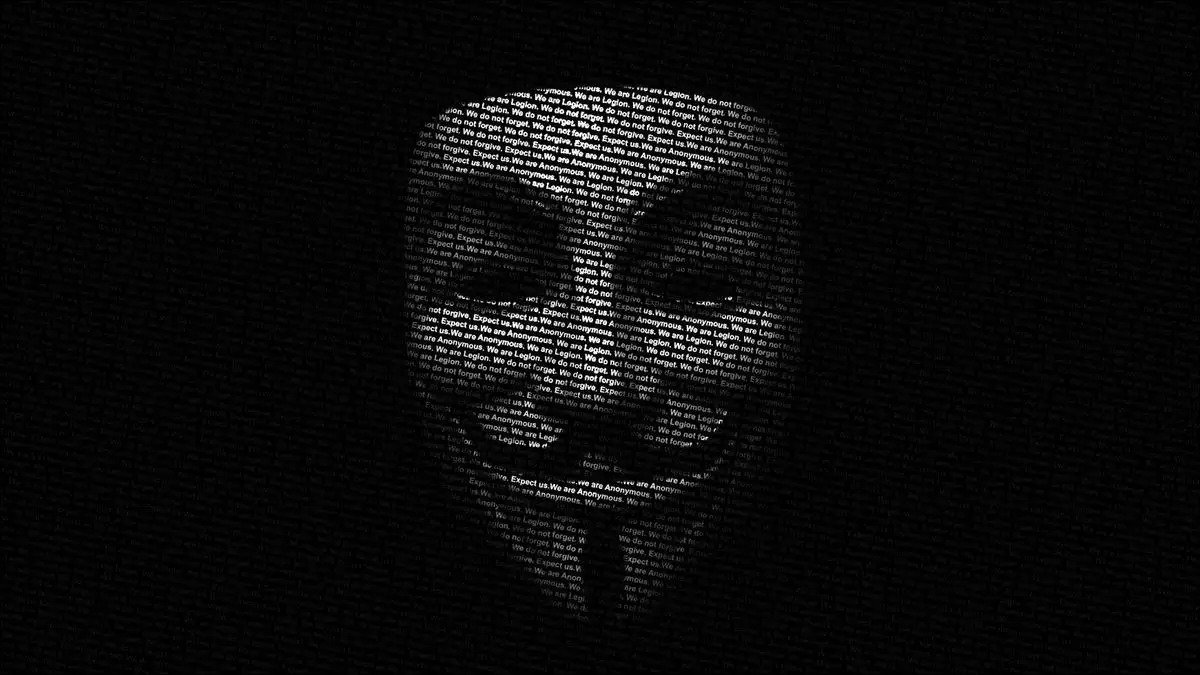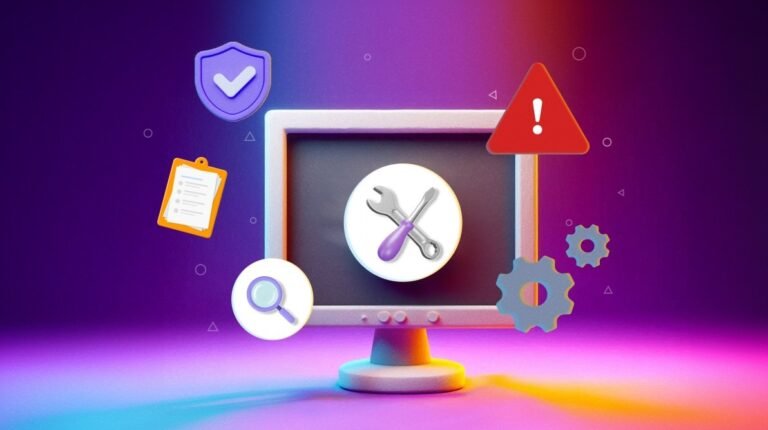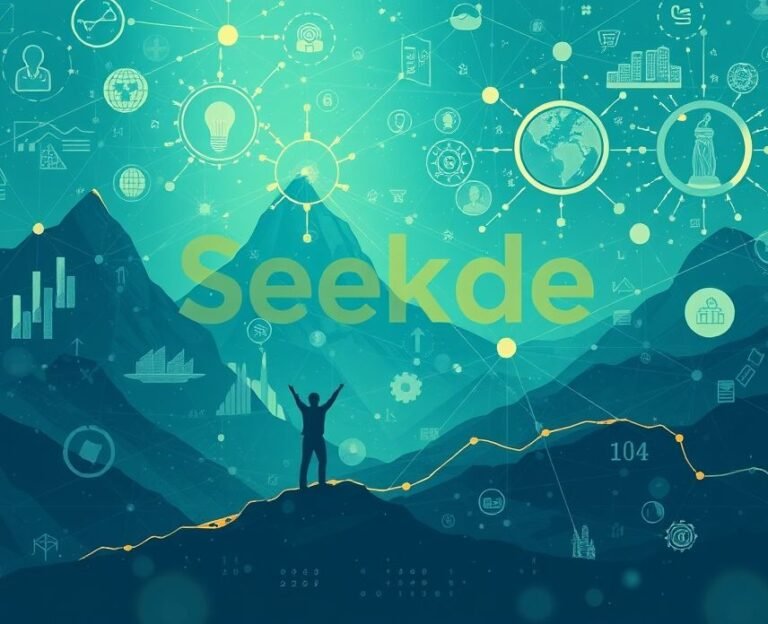AnonIBs: Rise and Fall of Anonymous Image Boards
In today’s digital era, online anonymous platforms have become a major part of internet culture. These spaces allow users to express their thoughts, share media, and discuss ideas without attaching their real identity. From forums to imageboards, anonymity has encouraged both freedom of speech and creativity. However, it has also given rise to platforms that walk the fine line between open expression and ethical misuse.
One such platform that once captured global attention was AnonIBs, short for “Anonymous Image Board.” Known for its unfiltered and unrestricted environment, AnonIBs allowed users to post images and messages without revealing their personal details. This freedom made it popular among internet enthusiasts seeking a judgment-free community. Yet, it also led to significant controversy when that same anonymity was exploited.
AnonIBs became a defining name in the history of anonymous platforms—not only because of its popularity but because of the lessons it left behind about digital responsibility, online privacy, and the darker side of unmoderated freedom.
What Is AnonIBs?
AnonIBs (Anonymous Image Board) was a website where users could upload, view, and discuss images without the need to register or disclose their identity. It functioned much like other imageboard platforms, offering a simple interface that allowed users to create threads and post comments anonymously. Its concept was rooted in the early internet idea of “freedom of expression without fear of judgment.”
The platform’s origins trace back to the early 2000s, during a time when internet forums were transitioning into image-based communities. Unlike traditional message boards that required usernames or email logins, AnonIBs promoted complete anonymity. Anyone could create or reply to a thread instantly, encouraging spontaneous discussions across various topics.
In many ways, AnonIBs was similar to platforms like 4chan, another anonymous imageboard known for its cultural influence. However, AnonIBs stood out for its specific focus on user-uploaded visual content and regional boards, where users shared local images or interests. This model helped it grow rapidly among users who valued secrecy and open dialogue.
Key Features of AnonIBs
Anonymous Posting
One of the main attractions of AnonIBs was its full anonymity. Users didn’t need to create an account, log in, or provide any personal information. This feature encouraged users to share thoughts or images freely, creating an environment where ideas mattered more than identities.
Image Sharing
As an imageboard, AnonIBs prioritized visual content. Users could upload photos, memes, screenshots, or other media to spark conversations. While this made the platform highly engaging, it also became a point of concern when images were shared without consent.
Community Threads
AnonIBs allowed users to create threads based on shared interests. Whether it was hobbies, local events, art, or general discussions, users could interact within niche communities. This thread-based structure made it easy to follow topics and build ongoing discussions.
Global Access
The platform was accessible worldwide, drawing users from different countries and backgrounds. Each region often had its own dedicated board, where discussions reflected local culture, trends, and preferences. This global diversity contributed to the site’s wide reach and influence.
Why AnonIBs Became Controversial
Despite its popularity, AnonIBs soon became infamous for the controversies surrounding it. The platform’s lack of rules, combined with total anonymity, created an environment where harmful behavior could thrive unchecked.
Lack of Content Moderation and Oversight
Unlike mainstream forums, AnonIBs had minimal to no content moderation. Users could upload almost anything, and without moderators to review posts, inappropriate and illegal material often slipped through unnoticed.
2. Privacy Violations and Non-Consensual Image Sharing
One of the biggest controversies surrounding AnonIBs involved users sharing private images without consent. These uploads often targeted individuals, leading to severe violations of privacy and emotional harm. The absence of accountability made it nearly impossible to track or remove such content promptly.
Spread of Inappropriate or Illegal Content
The lack of regulation opened the door to explicit or harmful material that violated legal and ethical boundaries. As this activity increased, authorities began investigating the platform, leading to international awareness and criticism.
Law Enforcement Involvement and Takedown
Over time, global law enforcement agencies took action against AnonIBs and its mirror sites. Several servers were seized, and the original platform was taken down. This marked the end of one of the most controversial anonymous communities in internet history.
These controversies not only damaged AnonIBs’ reputation but also ignited debates about the future of anonymous online interaction and the responsibility of digital platforms.
The Risks of Using Platforms Like AnonIBs
Engaging in unregulated anonymous boards such as AnonIBs carries serious risks—both for users and for society at large.
Privacy Breaches
When personal or identifiable images are shared without permission, the consequences can be devastating. Users may unknowingly expose their data, making them targets of doxxing, blackmail, or cyber harassment.
Legal Consequences
Posting or distributing copyrighted or explicit material without consent can lead to severe legal penalties. Many users of AnonIBs faced investigations for violating privacy and content laws.
Cybersecurity Threats
Unmoderated websites often host unsafe links, pop-ups, or malicious advertisements. Users of AnonIBs reported being exposed to malware, phishing attempts, and spyware through compromised pages or downloads.
Community Toxicity
The absence of identity often leads to a lack of accountability. On AnonIBs, this resulted in cyberbullying, trolling, and toxic community behavior that discouraged positive discussion and promoted hostility.
For these reasons, cybersecurity experts consistently warn users against participating in or visiting such anonymous, unregulated platforms.
Safer Alternatives to AnonIBs
Reddit is one of the best-known alternatives for those who enjoy community-based discussions. It features thousands of subreddits, or topic-specific forums, where users can share content, discuss ideas, and post anonymously if they choose. The major difference from AnonIBs is that Reddit has strict moderation policies. Each subreddit is managed by moderators and community guidelines that ensure harmful or illegal content is quickly removed. Users can enjoy meaningful interaction in a safe, regulated space.
Discord
Discord has become a global hub for online communities, offering private and secure servers where people can chat via text, voice, or video. Unlike AnonIBs, Discord servers are often invite-only, which helps maintain privacy and control who participates. Server owners can assign moderation roles, enforce community rules, and even use bots to block spam or suspicious activity. This structure promotes open conversation while safeguarding against abuse.
Quora (Anonymous Mode)
For users who prefer anonymity while engaging in thoughtful discussions, Quora’s Anonymous Mode provides an excellent option. It allows individuals to ask and answer questions without revealing their identity. The platform also maintains strict moderation standards to prevent misuse or harassment. Unlike AnonIBs, Quora combines the benefit of anonymous participation with strong content oversight, ensuring a positive experience for both new and experienced users.
The Legacy of AnonIBs
Although AnonIBs is no longer active, its influence continues to echo throughout internet history. It stands as both a symbol of digital freedom and a cautionary tale about the dangers of unregulated online spaces.
Influence on Modern Imageboards and Anonymous Apps
Modern platforms that value privacy—such as encrypted messaging apps, imageboards, and blockchain-based social networks—have learned from AnonIBs’ successes and failures. Developers now integrate user safety features like encryption, moderation systems, and reporting tools to prevent misuse while maintaining privacy.
Shaping Discussions About Digital Freedom and Privacy
AnonIBs sparked essential debates about how far online anonymity should go. It showed that while privacy is a fundamental right, it must coexist with ethical responsibility. Governments, tech companies, and digital-rights advocates continue to reference AnonIBs when shaping modern privacy policies and online safety laws.
Technological Lessons from the Platform’s Failure
The failure of AnonIBs taught the internet community that unchecked anonymity leads to chaos. Developers now design systems that verify users securely without exposing personal identities. Features like two-factor authentication, reporting options, and encrypted storage emerged partly as responses to issues seen on platforms like AnonIBs.
Balancing Anonymity and Responsibility
The key takeaway from AnonIBs is the importance of balance. Users should have the right to privacy, but platforms must ensure that anonymity does not become a shield for unethical behavior. This balance is now at the core of most successful online communities, proving that privacy and responsibility can coexist when handled correctly.
Cybersecurity Tips for Users
Avoid Unmoderated Anonymous Platforms
Websites that lack moderation or transparency are often breeding grounds for scams, malware, and illegal activity. Always verify a platform’s credibility before participating or sharing personal data.
2. Use VPNs and Security Tools for Privacy
A Virtual Private Network (VPN) masks your IP address and encrypts your connection, helping safeguard your identity and browsing data. Pairing this with antivirus software and secure browsers can greatly enhance online protection.
Report Suspicious or Illegal Activity
If you encounter harmful content or behavior online, report it immediately. Most platforms now have built-in reporting systems that notify moderators or authorities. Taking action not only protects you but also helps build a safer internet community.
Engage Only with Verified and Safe Communities
Choose well-moderated platforms like Reddit, Discord, or Quora, where rules and accountability mechanisms are in place. Participate in spaces that value mutual respect, transparency, and safety.
Conclusion
AnonIBs remains an unforgettable part of internet history—a platform that represented the dual nature of online anonymity. On one hand, it gave users the freedom to express themselves without fear of exposure. On the other, it showed how easily that freedom can be abused in the absence of moderation and responsibility.
The story of AnonIBs serves as a vital lesson for the digital age: unchecked anonymity can lead to privacy violations, legal trouble, and toxic environments. As users, we must embrace freedom with awareness, choosing platforms that protect our rights while maintaining ethical boundaries.
Today’s internet offers many safer, smarter alternatives that reflect the lessons learned from AnonIBs. By prioritizing privacy, responsibility, and community safety, users can help shape a digital world that celebrates both freedom and accountability.






